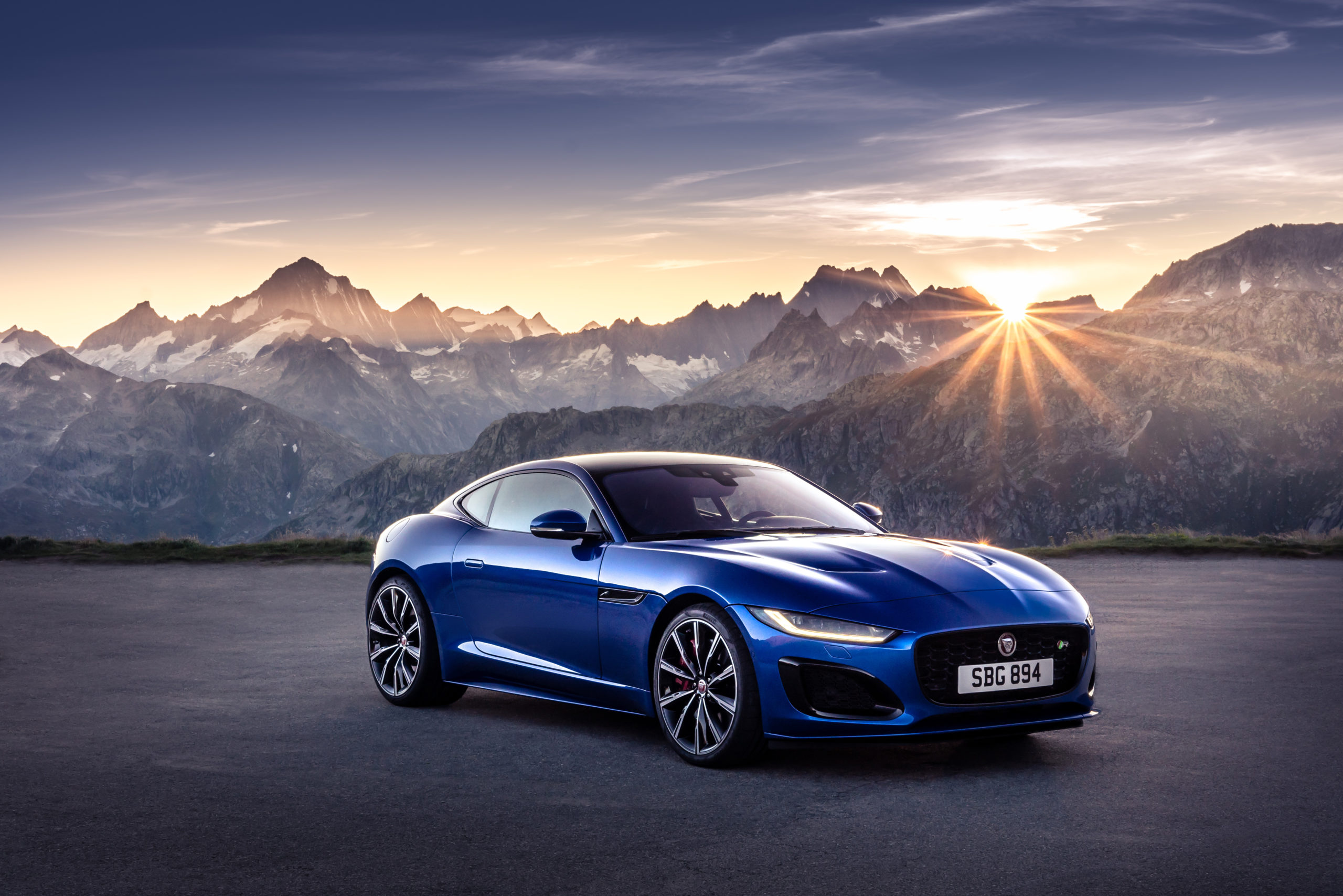
What is it?
One of the most underrated sports cars on the market today. Jaguar is in many respects Britain’s answer to Porsche, offering a combination of sports cars and luxury sports sedans and SUVs. But it hasn’t enjoyed the same consistent level of success as its German counterpart, suffering through a rollercoaster ride of various owners across several decades.
When Indian industrial giant, Tata, bought Jaguar (and sister-brand Land Rover), it quickly decided that what the brand needed was a new sports car, not a bloated GT as the XK had become, but a serious sports car.
So the F-Type was launched back in 2013 as a (very) long overdue follow-up to the brand’s iconic E-Type coupe of the 1960s. It followed a similar template to the Porsche 911, offering a wide range of variations of the same sports car – V6, V8, rear-wheel drive, all-wheel drive, coupe, convertible, etc.
READ MORE: Jaguar to go all-electric
For 2021 it was given a facelift and an upgrade, and the once complex line-up was simplified, so the Australian range now includes just five variants instead of the previous dozen or so.
While the supercharged V8 F-Type R is obviously the most high-profile member of the range, the V6 R-Dynamic we’re testing here may just be the pick of the litter. It looks stunning thanks to fresh front and rear styling updates while the V6 may have the edge on the more powerful V8 – as I’ll explain…
Does it have any racing pedigree?
Curiously Jaguar has never taken the F-Type onto the track in an official capacity. There were rumours of various GT3 programs at times but nothing ever eventuated. Instead the brand has focused its racing efforts on its electric future, entering Formula E and running the short-lived I-Pace Trophy.
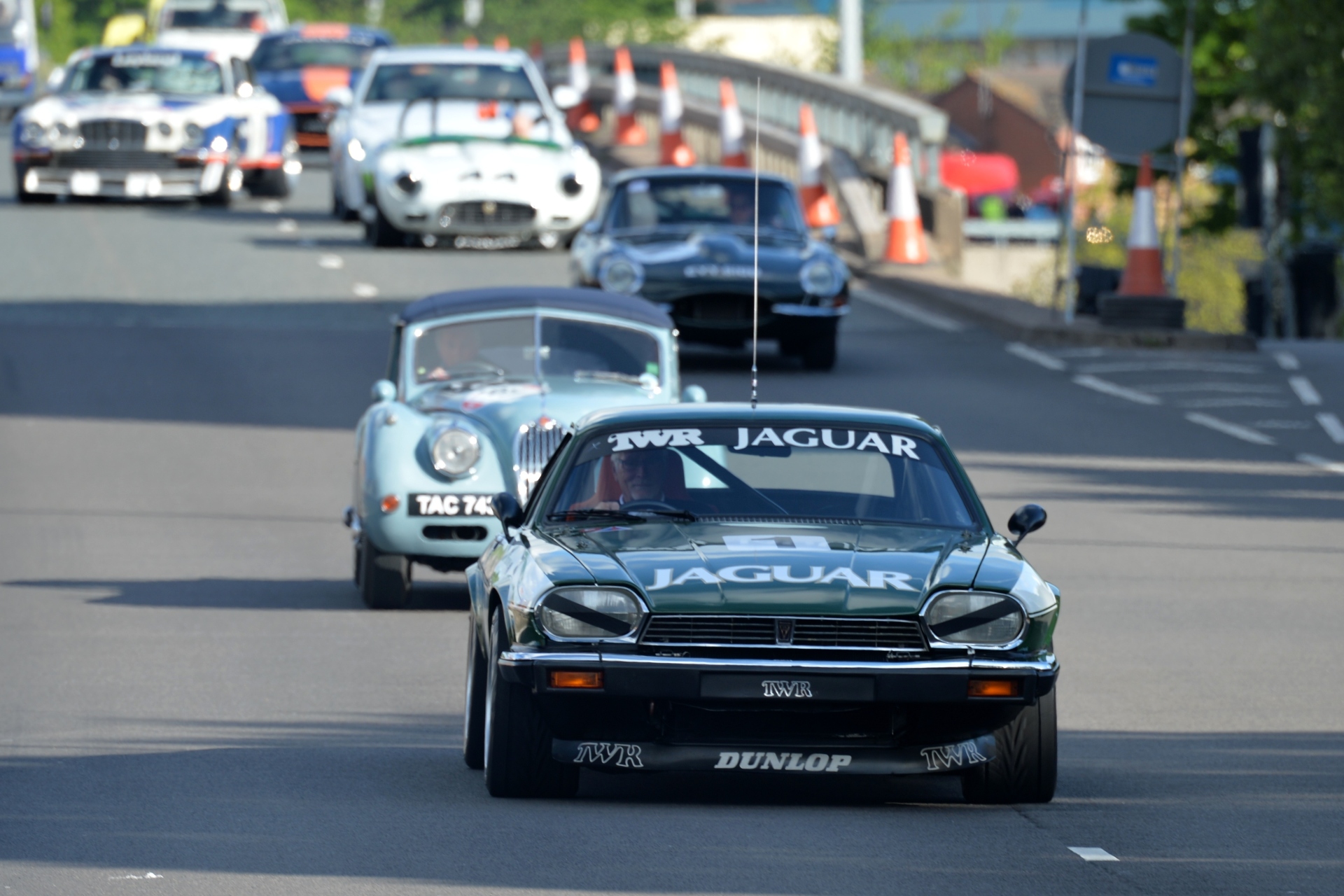
Of course the brand does have a long history in sports car and touring car racing back in the ‘old days’ with the likes of the Le Mans-winning C-Type and D-Type, while closer to home Tom Walkinshaw Racing won the 1985 Bathurst 1000 in the XJ-S (pictured).
There were rumours last year that the F-Type could be introduced into Supercars under the Gen3 regulations. While it would no doubt make a stunning race car, unfortunately those rumours have gone silent…
What’s under the bonnet?
As mentioned earlier, we’re testing the middle child of the F-Type powertrain family – the 3.0-litre supercharged V6 petrol engine. It sits between a 2.0-litre turbocharged four-cylinder and 5.0-litre supercharged V8, and because of that it may be the stand out choice.
It makes a healthy 280kW of power and 460Nm of torque, sending that power to the rear-wheels via an eight-speed automatic transmission. While an eight-speed auto may not sound like a particularly sporty gearbox, Jaguar says it has used knowledged gained on the track-ready XE SV Project 8 to recalibrate it for “even faster, crisper” gear changes.
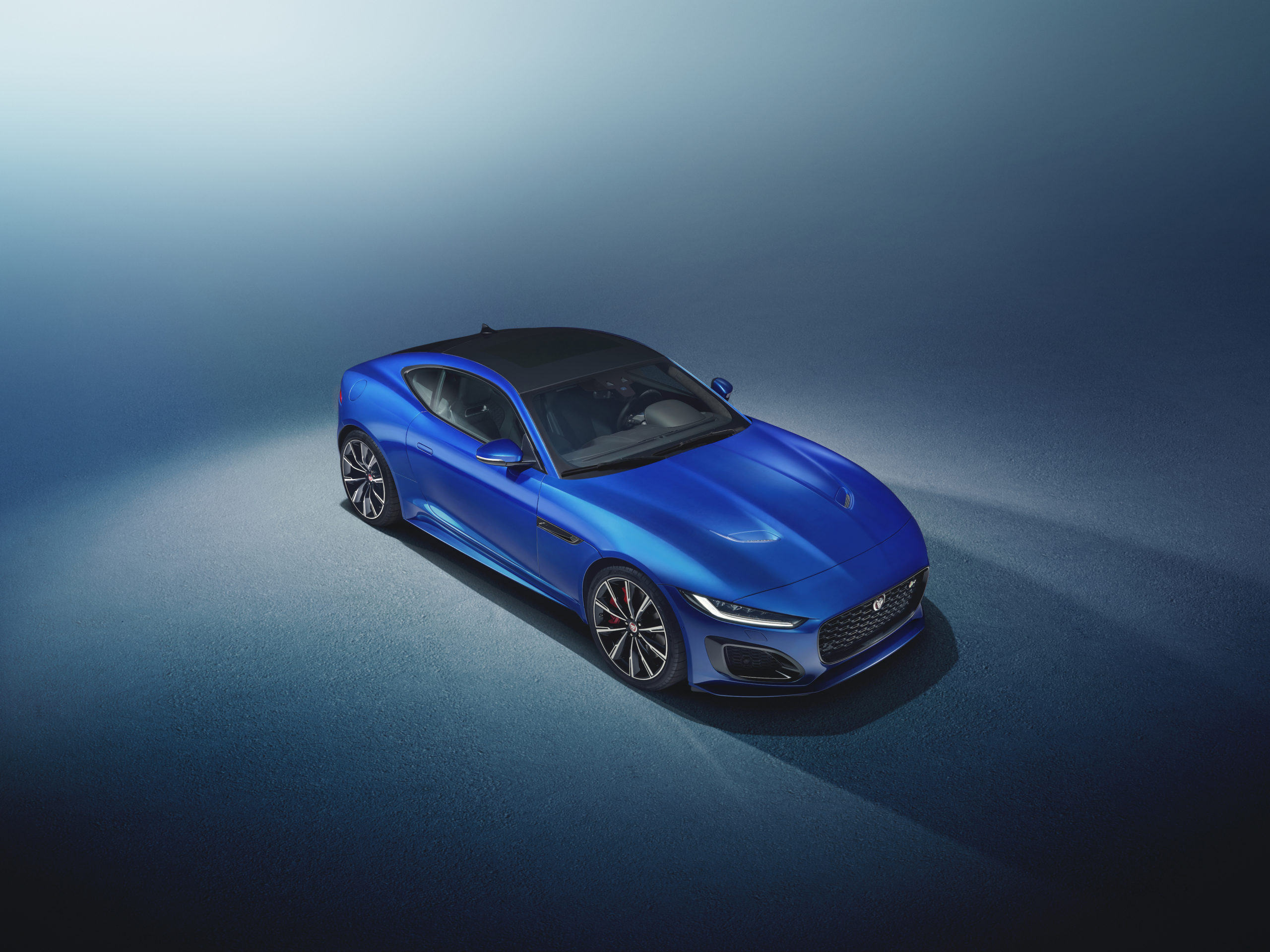
It certainly doesn’t have trouble accelerating hard, launching 0-100km/h in a highly respectable 4.9 seconds. So it feels plenty quick even if the V8 offers more grunt, in fact, while the bigger engine is unquestionably faster that doesn’t mean it’s better. Having driven both models it’s fair to say the V8 F-Type is a deeply loveable car (and we’ll have a review on it soon), but my preference is for the V6.
Aside from pulling hard, it sounds good too, with a raspy six-cylinder note with the occasional sprinkling of supercharger whine. It barks and snaps and pops and crackles, all the good noises that make you feel like you’re Stiriling Moss blasting down an open-road racetrack like Spa or Reims.
Given Australia’s restrictive speed limits you don’t really need all the extra grunt from the V8, and instead you can push the V6 closer to its limits without fearing for your licence.
Another positive is that the V6 is available with rear-wheel drive, whereas the V8 is now restricted to an all-wheel drive set-up. While there’s obviously nothing wrong, as such, with an all-wheel drive F-Type, personally I enjoy the more playful nature of the rear-wheel drive V6.
How does it handle?
That playful nature is easy to access, when you dial up the dynamic ‘Race’ setting in the drive mode system and unleash the full potential of the powertrain and chassis. It’s an enjoyable car to drive on a twisting country road, but not without some flaws.
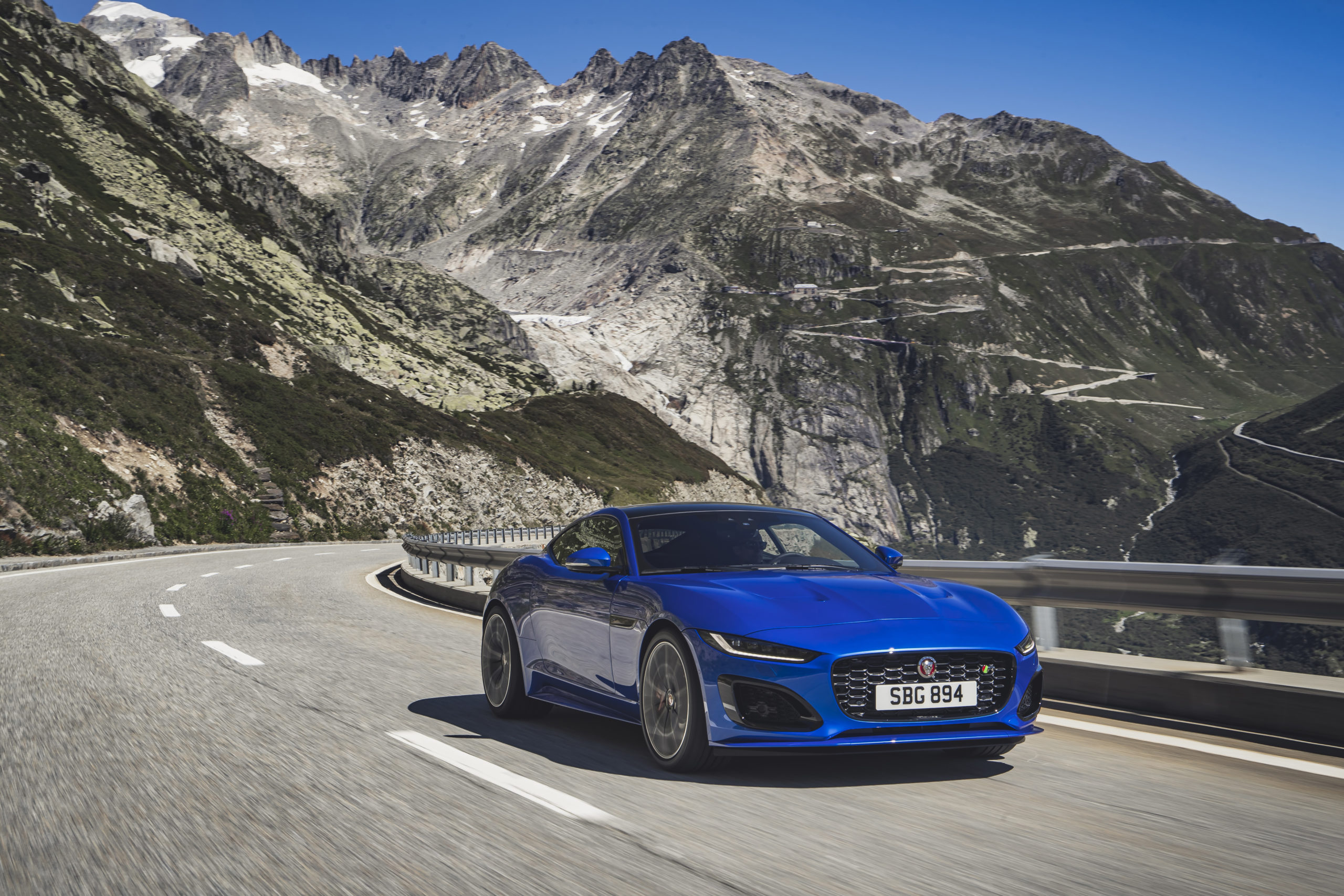
The F-Type is up against some of the best sports cars in the business, given its price and position; the likes of the Porsche 718 Cayman, Lotus Exige, Alpine A110 and even the Nissan GT-R. So in terms of its peers it’s not the sharpest of options, but it’s a very good car and one you can have a lot of fun with.
The biggest problem, at least in this reviewer’s opinion, is the steering. It lacks feeling at times, especially on corner-entry, where the front-end can feel disconnected at times, but there’s enough grip from the tyres to keep you planted anyway.
Once you get accustomed to that sensation, you can push on harder and enjoy the firm but compliant ride of the F-Type and its strong brakes.
Where would you most like to drive it?
Our time in the F-Type V6 included a run down NSW’s South Coast and through the Southern Highlands – and it proved the ideal venue to stretch the Jaguar’s legs.
While it acquitted itself well in the curvy parts, where it felt at its best was when you could open the taps on the exhaust and let the full roar of the V6 be heard. Bouncing off rock walls the F-Type’s supercharged V6 sounds properly amazing.
What’s the interior like?
It’s not just the exterior of the F-Type that looks sleek and stylish. While the design changes inside aren’t as dramatic, the cabin of the F-Type is still an impressive place to be. The whole design is focused towards the driver, with all the key functions falling easily to hand.
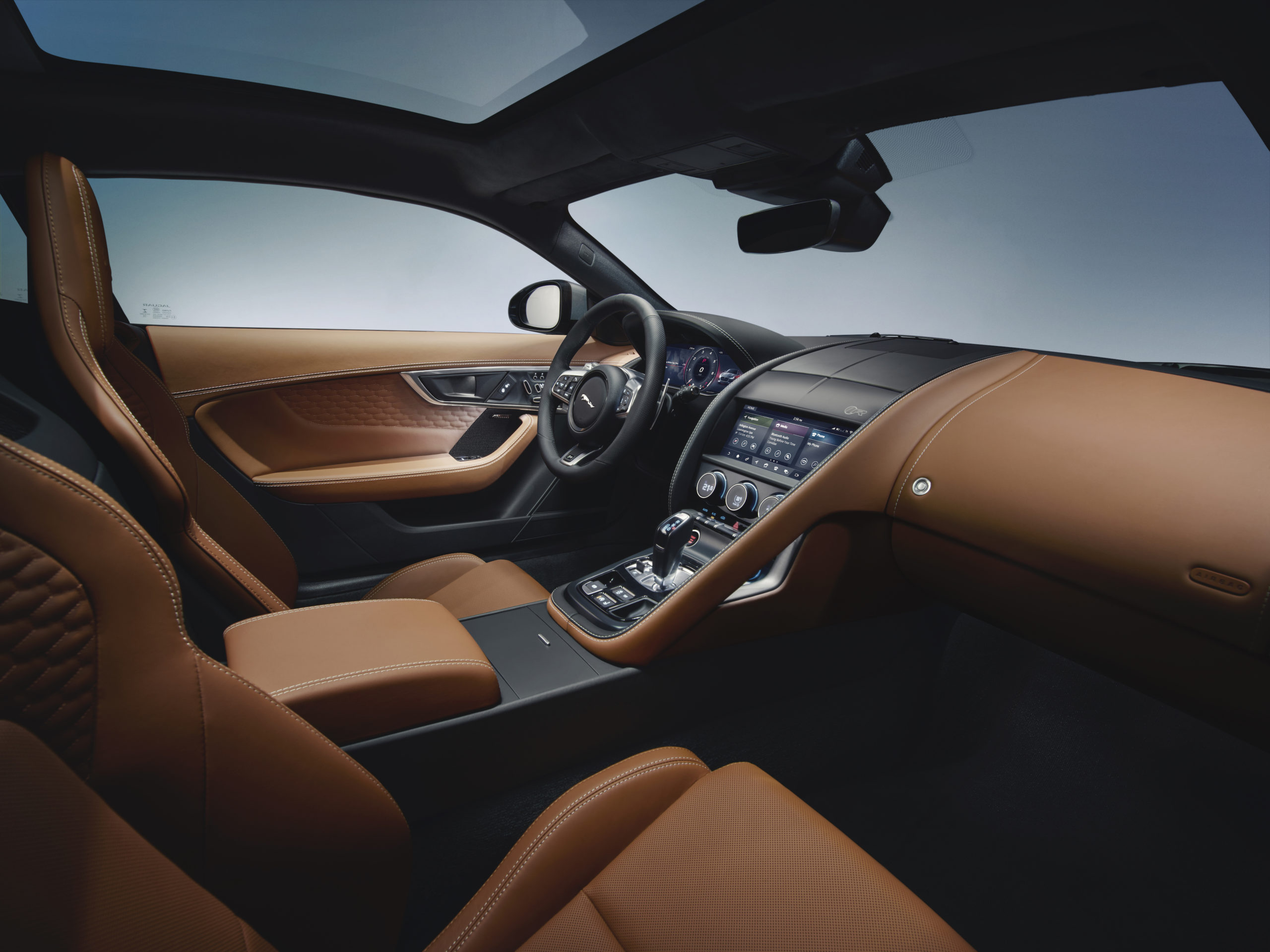
But it’s not just about function, the flow of the design is excellent, making every part of the cabin look and feel like it pours seamlessly into the next element.
The seats are a highlight, comfortable and supportive even after a long day’s driving.
The biggest downside of the interior is the lack of storage. The boot is tiny, even before the spare wheel and tyre takes up approximately 50 per cent of the space. So if you plan a trip away in you F-Type make sure you pack light.
Is it good value for money?
Priced from $172,735 (plus on-road costs) the F-Type P380 R-Dynamic finds itself directly up against the Porsche 718 Cayman GTS 4.0, which starts at $172,000. While obviously people will cross-shop the pair, this isn’t a direct comparison test so I’ll stop short of giving a direct verdict.
Regardless of the Porsche, the F-Type is a relatively expensive proposition but for what you get – both in terms of performance and luxury – it makes a strong case for itself.
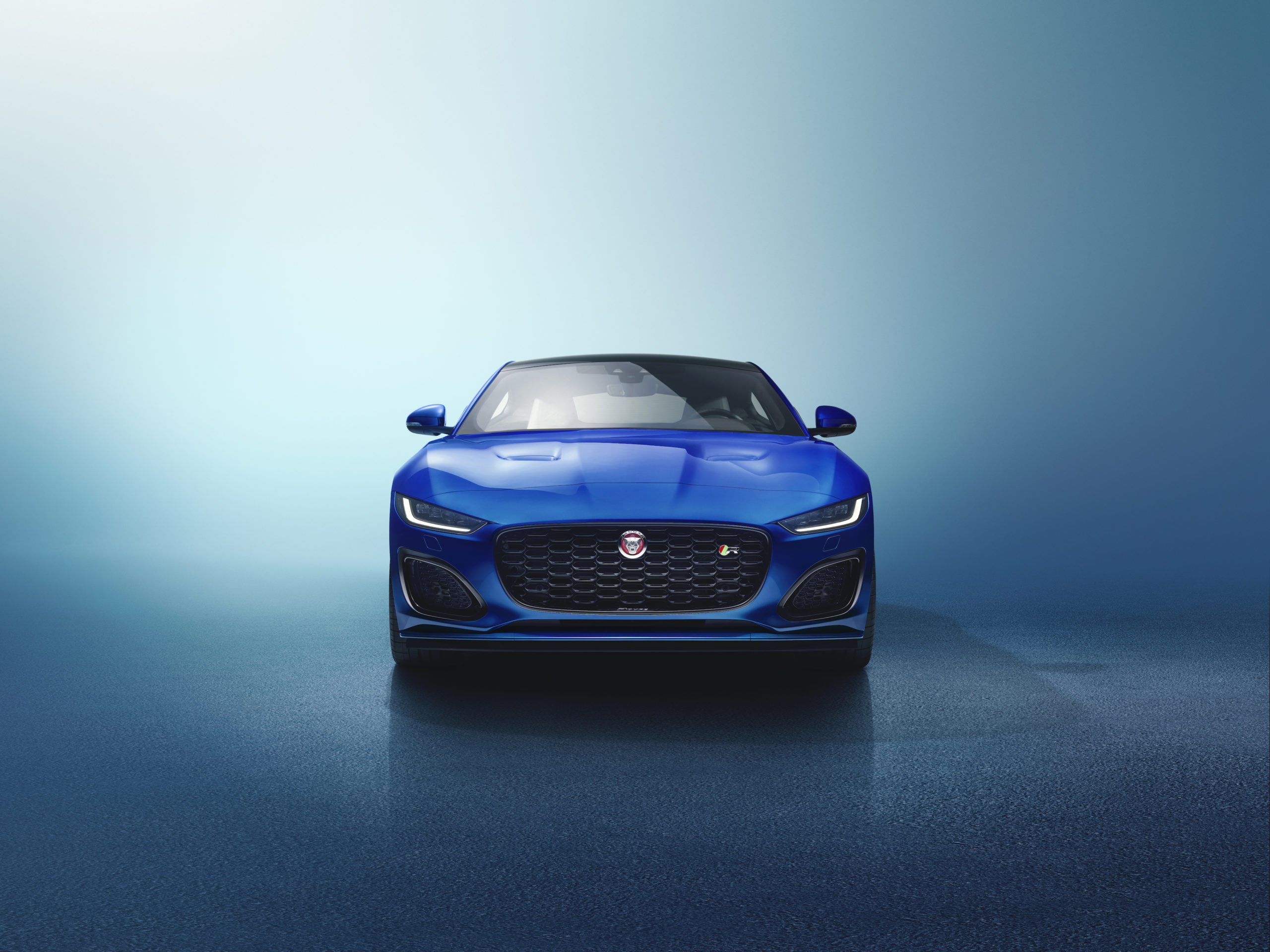
Would I buy one?
While the 718 Cayman GTS is the more obvious choice, and the Lotus Exige is a more pure driver’s car, the F-Type V6 does so many things well it makes it hard to dislike. Yes, the chassis could be improved, but the engine is a gem and thanks to the facelift it remains one of the most stylish coupes on the road today – a genuine head-turner.
There was a lot of pressure on the F-Type when it first launched to live up to the legacy of the E-Type, whilst simultaneously taking on Porsche at its own game. Few if any cars can manage such expectations. But take away the comparisons to the long-gone E-Type and acknowledge its obvious differences from what Porsche offers and you’re left with a highly appealing coupe that I’d be happy to take on any road trip.
2021 Jaguar F-Type R-Dynamic P380 price and specifications
| Price: | From $172,735 plus on-road costs |
| Engine: | 3.0-litre supercharged V6 petrol |
| Power: | 280kW |
| Torque: | 460Nm |
| Transmission: | Eight-speed automatic, rear-wheel drive |
| Fuel use: | 8.6L/100km |
| Wheels: | 20-inch alloys |
| Tyres: | 255/35 R20 (front), 295/30 R20 (rear) |
| Length: | 4470mm |
| Width: | 1923mm |
| Height: | 1311mm |
| Weight: | 1647kg |
| 0-100km/h: | 4.9 seconds |













Discussion about this post